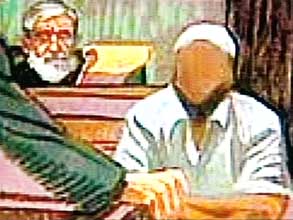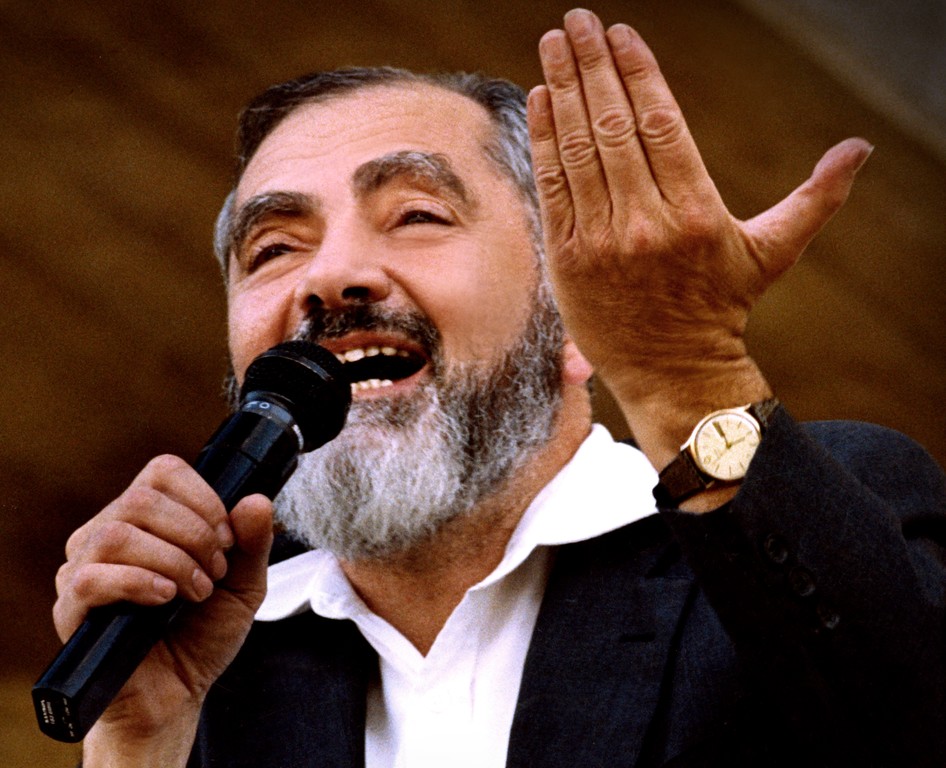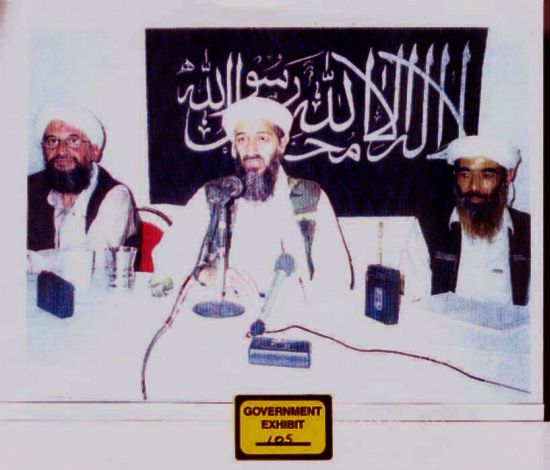The FBI first interviews Jamal al-Fadl and is taken on quite a ride.
The Sudanese national Jamal Ahmad al-Fadl walked into the U.S. Embassy in Asmara, Eritrea in June 1996, claiming that he was a secretary and fixer for Osama bin Laden in Sudan. As the FBI would later tell the story to Lawrence Wright, al-Fadl embezzled $110,000 from al Qaeda; when bin Laden found out about it, and al-Fadl begged for forgiveness, bin Laden said the money would have to be returned. Fadl flees. He attempts to become an agent for Saudi Arabia and even Israel before he lands with the FBI. (Looming Tower, p. 197)
As the story goes, al-Fadl had lived in Brooklyn and was connected to the Al-Kifah Center, then the radical mosque linked to the 1993 World Trade Center attack and the “blind Sheikh” Omar Abdel Rahman.
After a long vetting process in Germany, al-Fadl began to tell the FBI of al Qaeda’s worldwide organization, activities, and finances. He is such a valuable source, he is moved to the U.S. under witness protection, and in New Jersey, “junior”—as the FBI handlers called him—spills on everything from plots known and unknown to al Qaeda’s supposed pursuit of weapons of mass destruction. That little tidbit rockets his information to the White House.
Though the WMD report would receive wide circulation—and would influence the U.S. cruise missile attack in Sudan two years later—according to Wright (who is always complimentary of the FBI), outside of a small circle of FBI specialists and prosecutors, Fadl’s reports engender little interest. (Looming Tower, p. 242)
George Tenet says in his autobiography (At the Center of the Storm, p. 102) that al-Fadl (whom he doesn’t name) “told us that UBL [bin Laden] was the head of a worldwide terrorist organization with a board of directors that would include the likes of Ayman al-Zawahiri and that he wanted to strike the United States on our soil. We learned that al Qaeda had attempted to acquire material that could be used to develop chemical, biological, radiological, or nuclear weapons capability. He had gone so far as to hire an Egyptian physicist to work on nuclear and chemical projects in Sudan.”
Oh, and al-Fadl won the New Jersey Lottery. He is still thought to be in witness protection.


